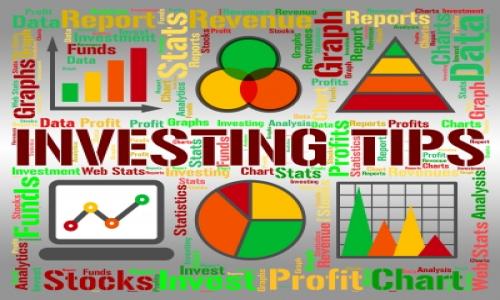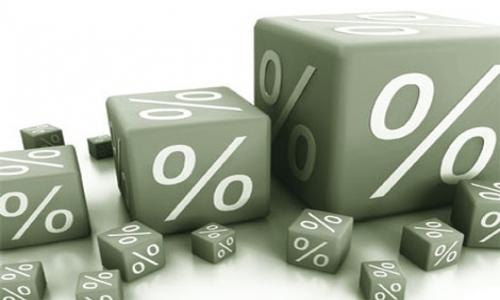After the New Year rolls around, it’s never too early to begin thinking about your taxes and what you’ll do with your tax refund. Many people want to invest their tax refund, but once they receive the money from the IRS, they quickly find other things to spend it on. If this describes you (and maybe even if it doesn’t), you may want to consider automatically investing your tax return in a Series I savings bond issued by the U.S. Department of the Treasury.
We’ve all noticed the dismal rates offered by most CDs and savings accounts. According to the BestCashCow Banking Center, the national average for a 1-year CD is a mere 0.56% and the average for a 5-year CD is only 1.53%. That doesn’t even beat the current rate of inflation. Series I savings bonds, by contrast, pay on the basis of two rates: a fixed rate and an inflation rate. With today’s inflation rates, the bond’s current composite rate (the combination of the fixed rate and the inflation rate) is an impressive 3.06%.
Here’s how it works. The fixed rate is announced each May and November, and the announced rate applies to all bonds issued with that six month period. That rate is in effect for the life of the bond. The fixed rate will always be greater thatn or equal to 0%. In fact, since November 1, 2010 the fixed rate has been 0%. 0% doesn’t sound very good at all, but that’s where the inflation rate comes into play. The inflation rate is announced each May and December, and it’s based on changes in the Consumer Price Index. The current semiannual inflation rate is 1.53%, so that still gives you an annual 3.06% composite rate.
Is it better to buy bonds when there’s a higher fixed rate, since the fixed rate applies for the life of the bond? Of course. However, a secure investment that pays over 3% APY is hard to come by these days. You can never lose money in I Bonds, even in the case of severe deflation as the earnings rate can’t go below zero and the redemption value of your I Bonds can’t decline.
The minimum term of ownership is one year, and if you redeem your bond before 5 years, you’ll forfeit the 3 most recent months’ interest. That means if you have to cash in your bonds at 2 years, the most you’ll lose is interest for the past three months. If you hold your bond for more than five years, there’s no penalty if you redeem them. And, although interest on savings bonds is subject to federal taxes, your earnings may be excluded from those taxes if you use it to finance education.
As an added bonus, you can have all or part of your tax refund automatically used to purchase Series I bonds. When you file your taxes, simply complete a tax Form 888. You can purchase Series I bond denominations of $50, $75, $100, $200, $500, $1,000, and $5,000. The annual purchase limit is $5,000 if you use your tax refund to buy the bonds, but if you want to purchase them electronically through TreasuryDirect, the annual purchase limit is raised to $10,000.
There are a few differences between Series I bonds and TIPS, one of which is that I Bonds cannot be bought or sold in secondary security markets. For many people, that won’t be an issue since I Bonds are fairly easy to redeem.
Click here to learn more about bonds, and if you’re interested in learning more about TIPS, you can click here.



Add your Comment
use your Google account
or use your BestCashCow account